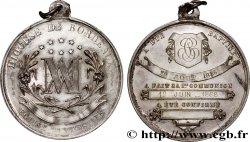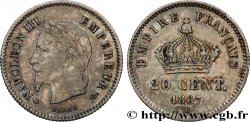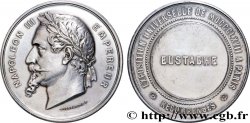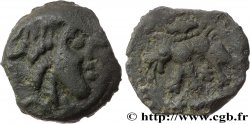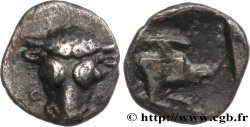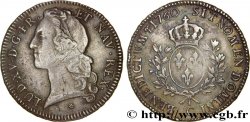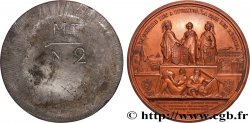Live auction - fme_592274 - ZWEITES KAISERREICH Médaille, Napoléon III, Palais de l’Industrie
Sie müssen angeschlossen sein und von cgb.fr genehmigt werden, um in einer E-Auktion teilzunehmen.Melden Sie sich an, um zu wetten..Die Kontobestätigungen sind innerhalb von 48 Stunden nach Ihrer Anmeldung gemacht.Warten Sie nicht bis die letzten zwei Tage vor dem Abschluss eines Verkaufs, um Ihre Registrierung abzuschließen. Klickend "BIETEN" verpflichten Sie sich vertraglich, diesen Artikel zu kaufen und Sie nehmen ohne Reserve die allgemeinen Verkaufsbedingungen für den live auctions zu cgb.fr an.
Der Verkauf wird an der Zeit auf der Übersichtsseite angezeigt geschlossen werden. Angebote, die nach der Schließung Zeit empfangen sind, werden nicht gültig.
Bitte beachten Sie, dass die Fristen für die Einreichung Ihres Angebots auf unsere Server können variieren und es kann zur Ablehnung Ihres Angebots entstehen, wenn es in den letzten Sekunden des Verkaufs gesendet wird. Die Angebote sollen mit ganzer Zahl ausgeführt sein, Sie können Kommas oder des Punktes in Ihrem Angebot nicht erfassen. Bei Fragen klicken Sie hier, um einen Blick auf die FAQ Live-Auktionen.
Alle Gewinngebote unterliegen einem Aufschlag von 18 % für Verkaufskosten.
Alle Gewinngebote unterliegen einem Aufschlag von 18 % für Verkaufskosten.
| Schätzung : | 100 € |
| Preis : | 30 € |
| Höchstgebot : | 35 € |
| Verkaufsende : | 14 November 2023 16:27:52 |
| Bieter : | 1 Bieter |
Type : Médaille, Napoléon III, Palais de l’Industrie
Datum: 1855
Name der Münzstätte / Stadt : 75 - Paris
Metall : Kupfer
Durchmesser : 49,5 mm
Stempelstellung : 12 h.
Graveur CAQUÉ Armand Auguste (1795-1881)
Gewicht : 61,1 g.
Rand Lisse + main CUIVRE
Punze : MAIN Cuivre
Kommentare zum Erhaltungszustand:
Jolie patine marron. La médaille présente de petites marques d’usure et quelques coups et rayures. La médaille est conservée dans une boîte cartonnée rouge à feutrine bleue
Vorderseite
Titulatur der Vorderseite NAPOLÉON III - EMPEREUR.
Beschreibung Vorderseite Tête laurée à gauche de Napoléon III; signé : E. A. OUDINE.
Rückseite
Titulatur der Rückseite PALAIS DE L’INDUSTRIE, (LÉGENDE SUPÉRIEURE); COMMENCE 10 FÉVR : 1853. ACHEVÉ AVRIL 1855. / NAPOLÉON III EMPEREUR / A. FOULD, CTE DE PERSIGNY, MAGNE / MINISTRES. / VTE DE ROUVILLE DIRECTEUR. / ARDOIN, RICARDO, BOUISSIN / ADMINISTRATEURS / VIEL ARCHIT. (EN 7 LIGNES À L’EXERGUE).
Beschreibung Rückseite Vue axonométrique sur le Palais de l’industrie.
Kommentare
L’exposition universelle fut décrétée pour le 15 mai 1855 pour témoigner au monde entier de la prospérité de la France, suite à l’exemple de l’Angleterre en 1851. Napoléon III inaugura cette première exposition universelle française en déclarant : “j’ouvre avec bonheur ce temple de la paix qui convie tous les peuples à la concorde”.
Le palais de l’industrie étonna par sa construction métallique et la hardiesse de la nef centrale haute de 35 mètres. Construit de 1853 à 1855, sur les plants de l’architecte Jean-Marie VIel (1797-1863), il forme un parallélogramme de fonte et de verre à deux étages, dont les façades principales ont 252 mètres de long, et les façades latérales 108 mètres. Il est composé d’un pavillon central et de pavillons d’angle. L’entrée principale se compose d’une immense arcade, flanquée de chaque côté de colonnes corinthiennes et surmontées d’une attique que décorent un bas-relief.
Le palais subsistera jusqu’en 1900 pour ensuite être démoli et remplacé par les Petit et Grand Palais actuels construits pour l’Exposition Universelle de Paris en 1900.
Source : Médailles de Napoléon III, Hess Divo.
The Universal Exhibition was decreed for May 15, 1855, to demonstrate to the world the prosperity of France, following the example of England in 1851. Napoleon III inaugurated this first French Universal Exhibition by declaring: “I open with joy this temple of peace which invites all peoples to concord.” The Palace of Industry astonished with its metallic construction and the boldness of the 35-meter-high central nave. Built from 1853 to 1855, on the plans of the architect Jean-Marie VIel (1797-1863), it forms a parallelogram of cast iron and glass on two floors, the main facades of which are 252 meters long, and the side facades 108 meters. It is composed of a central pavilion and corner pavilions. The main entrance consists of a huge arcade, flanked on either side by Corinthian columns and topped by an attic decorated with a bas-relief. The palace remained in existence until 1900, when it was demolished and replaced by the current Petit and Grand Palais, built for the 1900 Paris World's Fair. Source: Medals of Napoleon III, Hess Divo
Le palais de l’industrie étonna par sa construction métallique et la hardiesse de la nef centrale haute de 35 mètres. Construit de 1853 à 1855, sur les plants de l’architecte Jean-Marie VIel (1797-1863), il forme un parallélogramme de fonte et de verre à deux étages, dont les façades principales ont 252 mètres de long, et les façades latérales 108 mètres. Il est composé d’un pavillon central et de pavillons d’angle. L’entrée principale se compose d’une immense arcade, flanquée de chaque côté de colonnes corinthiennes et surmontées d’une attique que décorent un bas-relief.
Le palais subsistera jusqu’en 1900 pour ensuite être démoli et remplacé par les Petit et Grand Palais actuels construits pour l’Exposition Universelle de Paris en 1900.
Source : Médailles de Napoléon III, Hess Divo.
The Universal Exhibition was decreed for May 15, 1855, to demonstrate to the world the prosperity of France, following the example of England in 1851. Napoleon III inaugurated this first French Universal Exhibition by declaring: “I open with joy this temple of peace which invites all peoples to concord.” The Palace of Industry astonished with its metallic construction and the boldness of the 35-meter-high central nave. Built from 1853 to 1855, on the plans of the architect Jean-Marie VIel (1797-1863), it forms a parallelogram of cast iron and glass on two floors, the main facades of which are 252 meters long, and the side facades 108 meters. It is composed of a central pavilion and corner pavilions. The main entrance consists of a huge arcade, flanked on either side by Corinthian columns and topped by an attic decorated with a bas-relief. The palace remained in existence until 1900, when it was demolished and replaced by the current Petit and Grand Palais, built for the 1900 Paris World's Fair. Source: Medals of Napoleon III, Hess Divo







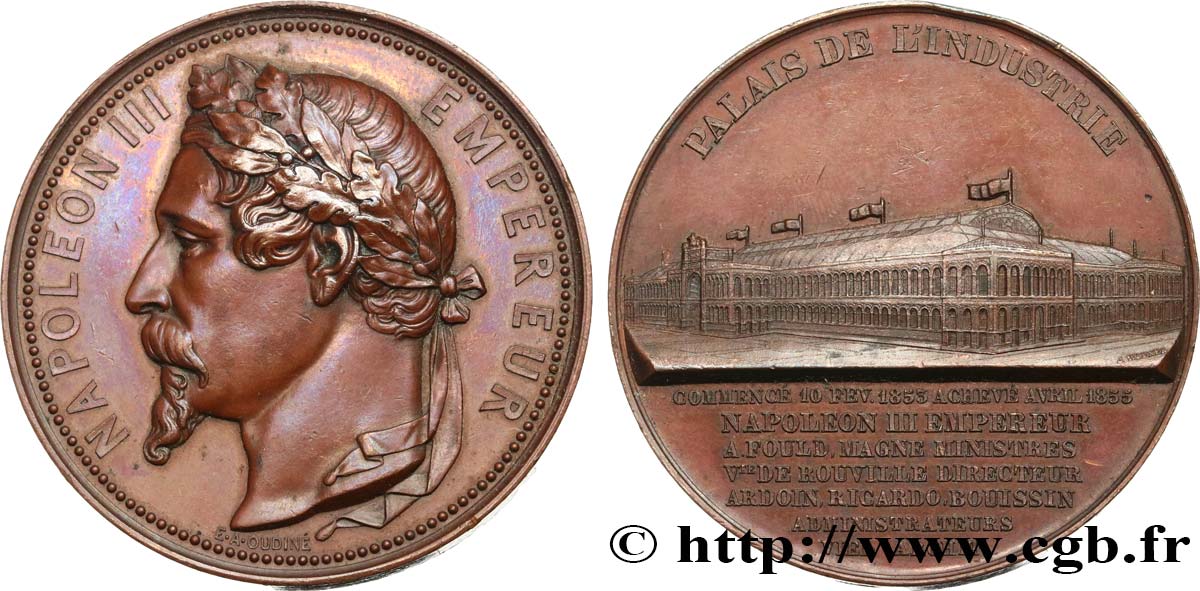
 Berichten über einen Fehler
Berichten über einen Fehler Die Seite drucken
Die Seite drucken Teilen meiner Auswahl
Teilen meiner Auswahl Stellen Sie eine Frage
Stellen Sie eine Frage Einlieferung/Verkauf
Einlieferung/Verkauf
 Details
Details